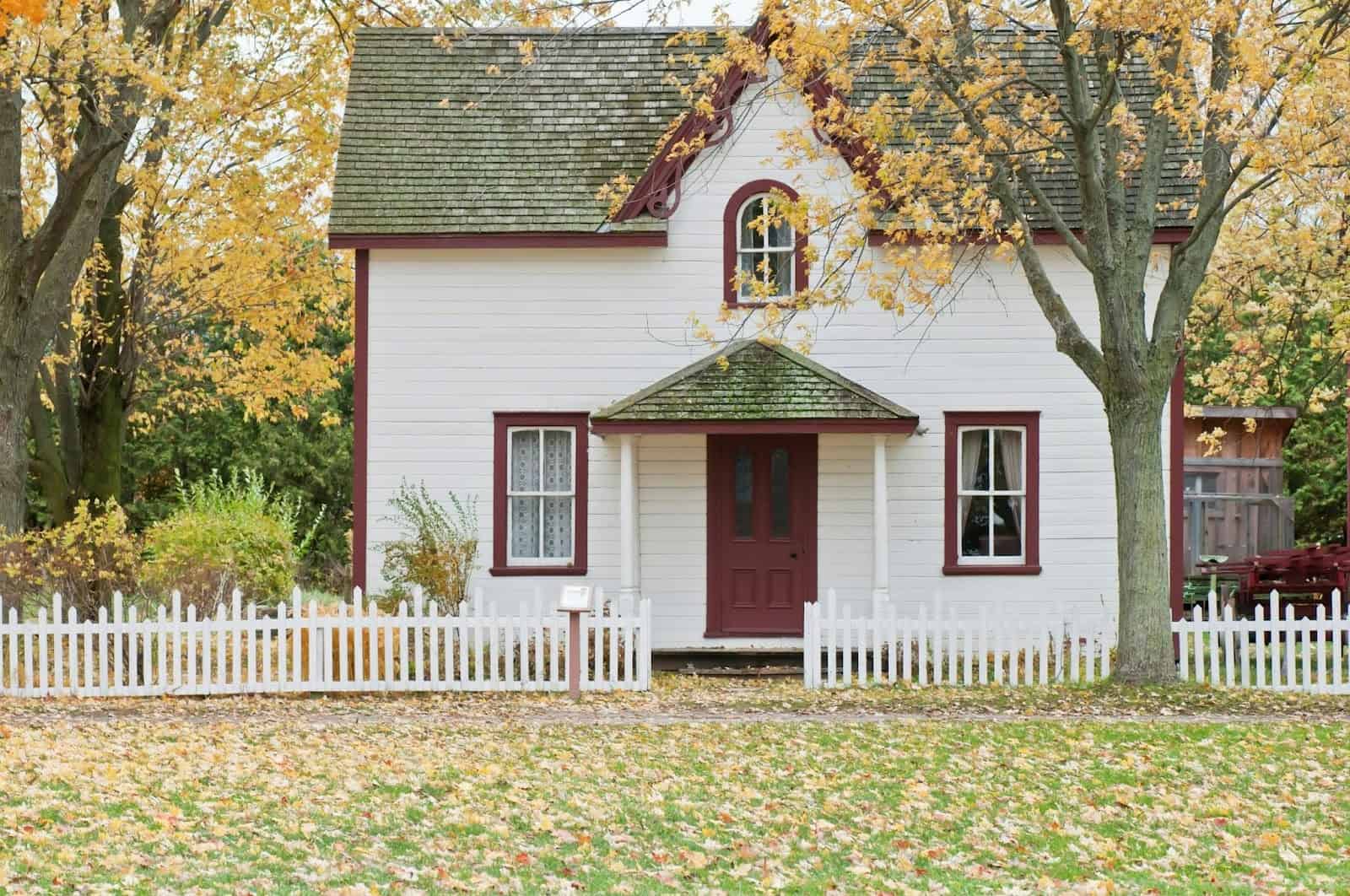For retirees, a home is more than just a roof overhead—it’s a treasure chest of equity built up over decades. With pensions shrinking, Social Security stretched thin, and costs like healthcare or daily living creeping up, that equity can be a lifeline. Tapping into it doesn’t mean packing up and moving out; there are ways to turn your home into a financial safety net while staying put. Here are five practical strategies retirees can use to unlock their home’s value, each with its own flavor of flexibility and security.

Opt for a Reverse Mortgage
A reverse mortgage flips the script: instead of paying a lender, they pay you—monthly, in a lump sum, or as a credit line—based on your home’s equity. No monthly repayments clog your budget; the loan’s settled when you sell or pass on. For retirees 62 or older, it’s a game-changer, turning your home into cash flow without uprooting your life. The Home Equity Conversion Mortgage (HECM), backed by the feds, is the go-to option.
You’ll need to meet some rules: own most of your home, keep up taxes and insurance, and stay there as your main residence. Fees and interest accrue, trimming your equity over time, so think about what you’re leaving behind. It’s a cushion for now, not forever—perfect if you want breathing room today.
Take Out a Home Equity Loan
A home equity loan hands you a lump sum based on the value you’ve built in your house, paid back over time with fixed monthly payments. It’s like borrowing from yourself—only the bank’s the middleman. Retirees can use it for big one-offs: a new roof, medical bills, or wiping out high-interest debt. Rates are usually lower than credit cards or personal loans since your home’s the collateral.
The trick? Keep it manageable. Your income—pensions, savings, Social Security—needs to cover those payments without leaving you strapped. Check the fees, too—origination costs and interest add up. It’s a solid move if you’ve got steady cash flow and a plan to pay it down, keeping your home safe and your budget intact.
Open a Home Equity Line of Credit (HELOC)
Think of a HELOC as a credit card tied to your house. You get a revolving line of credit to draw from as needed, paying interest only on what you use. It’s perfect for retirees facing unpredictable expenses—say, ongoing care costs or home upgrades—without locking into a big loan upfront. Rates are often variable, so they can shift, but they start lower than many alternatives.
Flexibility’s the perk here, but discipline’s the key. Don’t treat it like free money; overdraw, and you’re risking your home. Watch for annual fees or rate hikes, and have a repayment strategy. It’s a safety net that works best when you pull it out sparingly.
Rent Out a Portion of Your Home
Got a spare room, basement, or garage apartment? Renting it out can turn your home into a steady paycheck. Retirees with space to spare—maybe the kids are long gone—can bring in hundreds a month, offsetting bills or padding savings. It’s not just cash; it’s company, too, if you’re open to a tenant’s presence. Platforms like Airbnb work for short-term gigs, or you can go long-term with a lease.
It’s not all easy street. You’re a landlord now—screen tenants, fix leaks, know local rules. If that’s too much, a property manager can step in, though it cuts your take. For the right setup, it’s a low-risk way to cash in without borrowing a dime.
Sell and Downsize
Sometimes the best safety net is a simpler life. Selling your home and moving to a smaller, cheaper place—think condo, townhouse, or a retirement community—frees up equity in one swoop. That cash can fund your days, from travel to investments, without debt hanging over you. Plus, a smaller spot often means lower bills and less upkeep, a win for retirees shedding responsibilities.
Timing’s everything. Markets shift, so selling high matters—check your area’s trends. Factor in moving costs, taxes, and what you’ll need for the next place. It’s bold, but for those ready to lighten the load, it turns your home into a launchpad for what’s next.
Wrapping It Up
Your home’s more than bricks—it’s a financial ace up your sleeve. A loan or HELOC gives quick cash with repayment strings; a reverse mortgage flips that for no-stress income; renting keeps it simple; downsizing cashes it all out. Each has its fit, depending on your health, plans, and how long you’ll stay. Start by sizing up your equity and income, then bounce it off a pro—an advisor, a lender, even a savvy kid. Done right, your home’s not just where you live; it’s how you thrive in retirement.



Leave a Reply